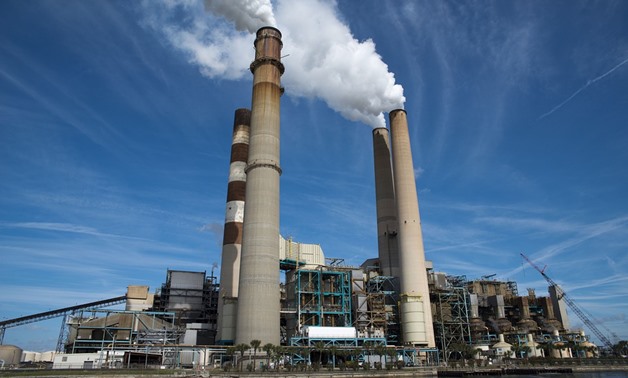
Power plant - CC via Pixabay.jpg
CAIRO – 25 June 2017: Egypt’s Ministry of Electricity is facing a challenge in meeting the costs of generating electricity amid increasing fuel demands for power plants and rising debts owed to government entities.
“In the current fiscal year, the Egyptian Electricity Holding Company (EEHC) managed to cover 56 percent of the power generation cost, which stood at 95 piasters/kWh, compared to a targeted average cost of 53 piasters/kWh,” EEHC head Gaber El-Desouki said in a June report.
Desouki attributed it to insufficient allocations in the state budget to meet the consumption level of government entities.
“In fiscal year 2016/2017 budget, electricity subsidies stood at LE 29.6 billion; however, new tariffs imposed by the government in August pushed the actual cost to LE 48 billion,” according to previous statements of Minister of Electricity Mohamed Shaker.
The subsidies allotted to the ministry are already not enough to meet debts owed to the Ministry of Finance, the Ministry of Petroleum and the state-owned National Investment Bank, which reached LE 85 billion.
To pay the growing debts, the electricity ministry started taking loans. In March, local media reported that the EEHC is taking LE 20 billion in loans, lent by the National Bank of Egypt (NBE), and with the participation of Banque Misr, Qatar National Bank (QNB) Al Ahli and the Egyptian-Gulf Bank (EG Bank).
More funds are expected to be accessed by the ministry after it announces new tariffs in July, which is expected to hike 30-40 percent in FY 2017/2018, according to sources from the ministry.
Shaker announced earlier this month that the users’ bracket consuming over 1,000kWh per month would pay a rate of 97 piaster/kWh. This is compared to 95 piasters/kWh in FY 2016/2017 and 84 piasters /kWh in FY 2015/2016.
Raising electricity tariffs started in July 2014, as part of a plan to reduce spending on subsidies. The application comes gradually as the ministry announces new tariffs at the start of each fiscal year.
Comments
Leave a Comment